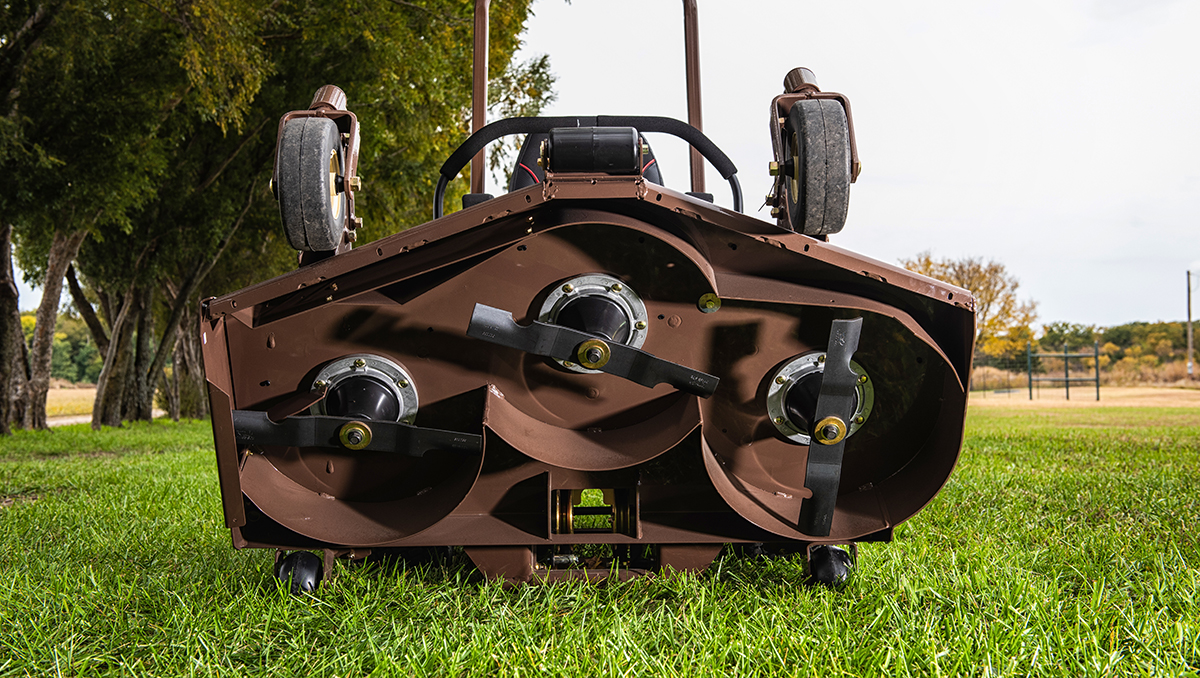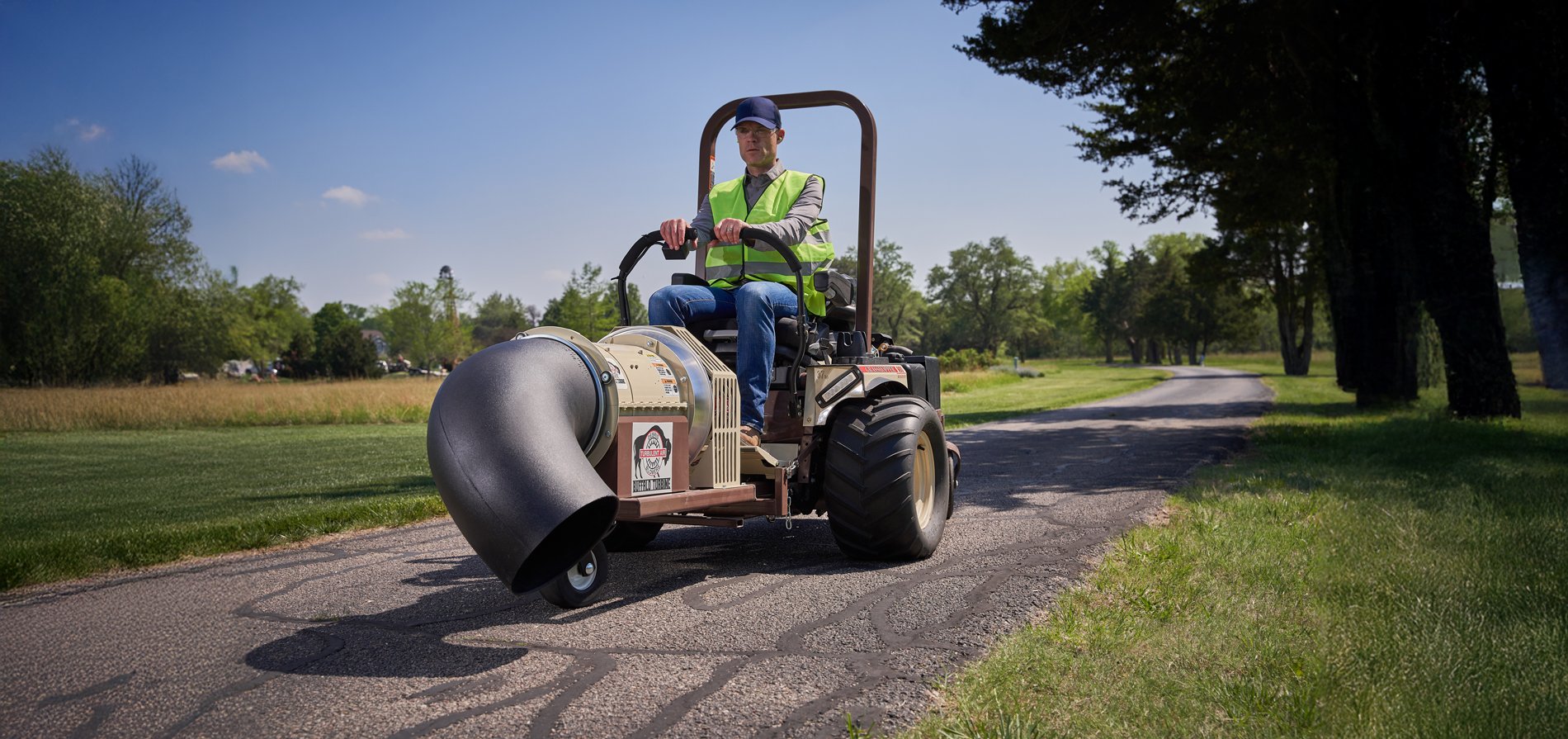Summer is officially here. But chances are, you’ve already dusted off the mower and had a few passes at your lawn. We’ll assume you did all of the necessary maintenance checks to get your ride ready and primed for the season.
Which brings us to a critical topic as we get back into the regular swing of things: fuel safety.
Fuel safety isn’t limited just to your mower. It should be taken into consideration when using any piece of gas-powered equipment. Safe fuel handling protects you, your employees and others from serious injury, and prevents damage to equipment and property.
With that in mind, here are a few safety reminders to help you avoid potentially life-threatening accidents when handling any kind of fuel.
First and foremost, always use care when handling fuel to prevent spills or fires.
- Discharge static electricity.
-
- Touch the tank with your hand before fueling to minimize the risk of fire.
-
- Keep the fueling nozzle in contact with the tank or container at all times.
-
- This helps prevent unnecessary spills. Wipe up spills immediately and properly dispose of towels.
-
- Fill fuel tanks or cans outdoors, or in a well-ventilated area, using an approved container
-
- Inhaling gas vapors can be harmful to your lungs and allow toxic chemicals into your blood.
-
- Never add fuel when open flames or sparks are present.
-
- Gas vapors can ignite quickly creating a dangerous situation.
-
Remember, if you need to refuel your mower in the middle of the day, shut off the engine and allow it to cool at least five minutes before refueling. On especially hot days, more time may be necessary for the engine to cool sufficiently before refueling.
Under normal conditions, the fuel tanks on zero-turn mowers should not be pressurized. If a fuel tank appears distorted in size or shape, do not remove the fuel cap. Wait for the engine to cool completely before slowly twisting the fuel cap to remove any remaining pressure. This will prevent fuel from escaping under pressure, which could cause harm to you or the equipment.
Finally, be sure you are fueling your equipment with the proper fuel. Gasoline and diesel don't mix. Outdoor power equipment is not designed to burn gasoline with more than 10 percent ethanol. You can read more about the risks associated with higher ethanol fuel blends in outdoor power equipment from the Outdoor Power Equipment Institute.
Go, be safe and enjoy the mowing season




